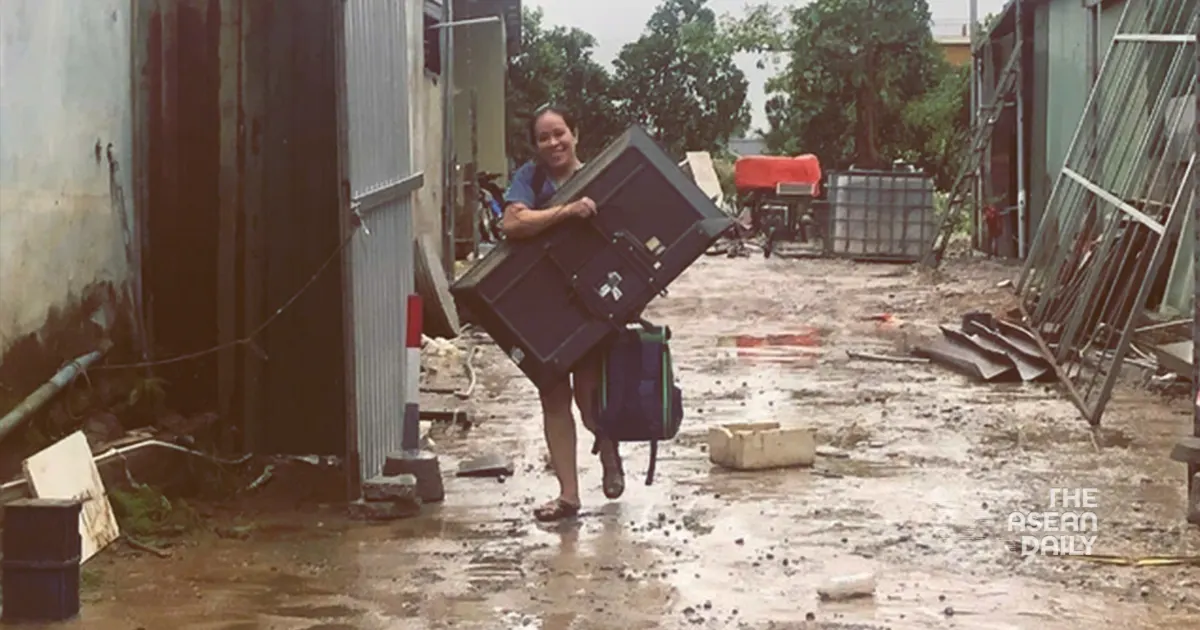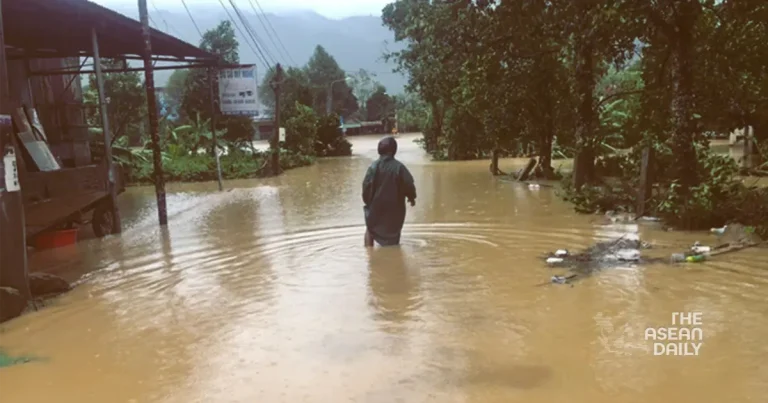27-10-2024 (HANOI) Tropical Storm Trami has made landfall in central Vietnam, prompting severe weather warnings across Southeast Asia, whilst leaving a devastating toll in the Philippines where at least 90 people have lost their lives.
Vietnamese authorities have issued urgent flood warnings as the storm, packing winds of up to 88 kilometres per hour, struck the coastal regions of Hue and Danang. The national weather service predicts rainfall could reach 60 centimetres in provinces from Quang Binh to Quang Nam over the weekend, raising significant flooding concerns in urban areas.
The impact has already forced the temporary closure of four Vietnamese airports, including Danang International Airport, which will remain shuttered until 4am on 28 October. Local media report substantial damage to infrastructure, with trees and advertising boards toppled by fierce winds.

In the Philippines, where Trami is locally known as Kristine, the situation remains critical with 41 people still missing and more than half a million displaced. Ariel Nepomuceno, Office of Civil Defence chief, indicated that whilst essential supplies remain adequate, extensive flooding has severely hampered relief operations, with many affected areas only accessible by boat.
The Malaysian Meteorological Department has issued warnings for severe thunderstorms and strong winds across northern peninsular regions, including Perlis, parts of Kedah, Penang, and specific districts in Perak, effective until late afternoon.
Adding to the region’s weather woes, meteorologists are tracking another tropical storm, Kong-Rey, which is expected to intensify into a typhoon by 28 October. More concerning is the possibility of Trami executing a rare meteorological loop, potentially returning to threaten the Philippine archipelago.
“The interaction between these two weather systems creates an unusually complex situation,” explains Dr James Morton, a tropical storm specialist at the Regional Weather Centre. “This double threat requires heightened vigilance across the region.”
Initial assessments in the Philippines estimate damage to agriculture and infrastructure at 378 million pesos (£5.4 million), though this figure is expected to rise as more areas become accessible to assessment teams.




